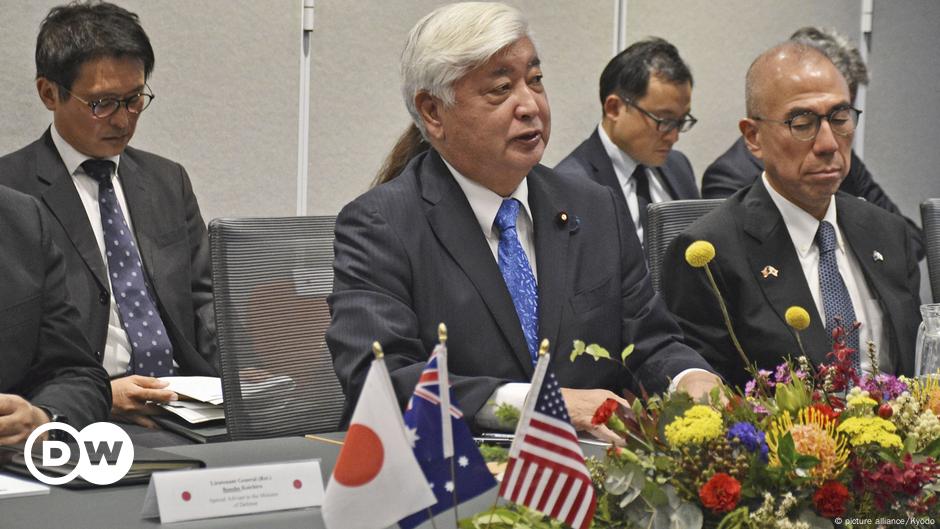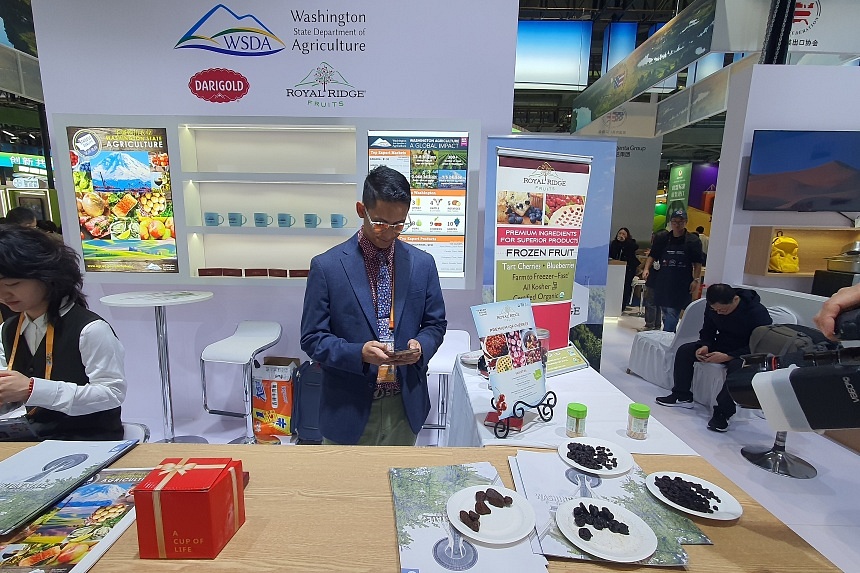
Updated
Nov 17, 2024, 03:30 PM
Published
Nov 17, 2024, 03:30 PM
NEW DELHI – Mr Omji Dubey has always been partial to a good comedy show.
But permitting himself this luxury nowadays – with ticket prices ranging from 100 rupees (S$1.60) for open mic nights to 5,000 rupees for comedy festivals – has forced the 22-year-old to cut back on other expenses.
The reason is a spike in retail inflation in India, which hit a 14-month high of 6.21 per cent in October. The rate at which prices rose has put a financial squeeze on the middle class, forcing millions of people like Mr Dubey to tighten their belts.
Mr Dubey, who works in the IT sector, said that enjoying his one luxury at the end of every work week has required him to rationalise his expenditure in other areas, making “small adjustments”.
A resident of Gurugram, a satellite city of capital New Delhi, he has stopped eating out at restaurants every weekend like he used to do until 2023, and now restricts himself to dining out once or twice a month.
He has also reduced his consumption of packaged, ready-to-eat food items in exchange for home-cooked meals, which are cheaper.
“Even so, my salary is barely enough to make it to the end of the month,” he told The Straits Times.
The surge in retail inflation has been driven by food inflation, which hit 10.87 per cent in October, adding even more pressure on household budgets.
In particular, a spike in vegetable prices of 42.18 per cent in October compared with the same month in 2023 – after rising by 36 per cent in September – is causing acute distress to many households.
“I have not cut down on fruits and nuts, even though they are expensive. You have to eat well,” said Mr Dubey, but noted that he had little to no savings at the end of the month.
A large section of India’s urban middle class – which has been estimated to account for around 30 per cent of the country’s population of 1.4 billion people – is looking for ways to rein in their spending.
This is even more so in the country’s large metropolitan cities like Delhi, Mumbai and Bengaluru, where everything from eating out to renting a flat is more expensive than in smaller cities and rural India.
Policymakers and economists are now closely watching for any potential impact on consumption and by extension the country’s consumption driven economy.
Rural and urban consumption accounts for 63 per cent of India’s GDP, with urban pockets responsible for 60 per cent of overall consumption.
Signs of softening consumer sentiment have been visible for much of 2024 in metropolitan cities, such as tepid sales of big brand biscuits and below-expected sales of entry-level cars and house paints.
Fast-moving consumer goods companies like Nestle, Britannia and Dabur have linked lower sales to a slowdown in urban consumption.
Britannia Industries, which sells biscuits, bread and dairy products, posted a consolidated net profit of 5.31 billion rupees for the three months that ended Sept 30, compared with 5.88 billion rupees for the same period a year ago.
Dabur saw a profit drop of 18 per cent in the April to June quarter, citing a squeeze in urban demand.
The peak wedding season in India, which is centred between November and December, could give a concrete signal on whether the consumption slowdown is temporary.
“Middle-class spending has been under a cloud in recent times, but one needs to wait and watch for how it evolves in the coming period. The situation is still evolving, and festive sales are a key monitorable for a growth revision in FY2025,” said Mr Paras Jasrai, senior economic analyst at India Ratings & Research.
According to financial company Nomura, during the 2024 festival season – which peaks during Deepawali, when a majority of Indians make major purchases and exchange gifts – the consumption growth rate halved to 15 per cent from the previous year, painting “a mixed picture” of consumption.
“We believe India’s economy has entered a cyclical growth slowdown. We see rising downside risks to our GDP growth projections of 6.7 per cent year on year in FY2025 and 6.8 per cent in FY2026, both of which are already below RBI projections,” said analysts at Nomura.
Analysts mentioned that the upcoming wedding season could boost consumption.
India’s central bank has estimated robust 7.2 per cent GDP growth for the fiscal year ending March 2025 due to improved rural demand.
Rural consumption has been recovering on the back of good monsoon rainfall, which has boosted the outlook for the agriculture sector – the main source of employment in rural areas.
In addition, more money has been pushed into the hands of farmers and the rural poor through crop subsidies and the cash transfer of benefits. A third factor is the lower cost of living in rural areas compared to cities.
But the question is whether rural consumption can compensate for softening urban demand.
Between July and September, rural consumption grew by 6 per cent, two times faster than the urban consumption growth of 2.8 per cent, according to NielsenIQ, a consumer intelligence company.
Mr Dharmakirti Joshi, chief economist at ratings agency Crisil, said that items suited for the rural market, “such as two-wheelers, have performed significantly better in rural regions compared with urban ones. The government’s emphasis on asset-creating and employment-generating schemes, like affordable housing, will also support rural demand.
“On the other hand, urban consumer sentiment is weak. This is due to the impact of rate hikes and the slowing growth in services, which have a higher penetration in urban areas.”
The services sector has continued to grow, but a key gauge measuring growth of the industry – HSBC India Services Purchasing Managers’ Index – fell to a 10-month low in September.
The government has sought to push consumption and in the 2024 budget reduced taxes for lower middle-class Indians by cutting the tax burden by 17,500 rupees for those earning less than 700,000 annually while increasing infrastructure expenditure.
Commerce Minister Piyush Goyal has suggested the Reserve Bank of India should reduce interest rates.
Pertinently, the negative economic data doesn’t mean that middle-class Indians are not spending at all.
Sales of 10-rupee packet biscuits may be seeing a decline, but sales of 30,000-rupee smartphones are going up, fuelled by the young and the upper middle class.
Brokerage firm CLSA has maintained that young Indians are moving away from spending on traditional goods to experiences like concerts and cricket games.
Tickets for Coldplay concerts – the band will play four shows in India as part of their world tour – sold out within minutes, with resale prices going up to 340,000 rupees.
“High food inflation has been a major deterrent that doesn’t affect the spending decisions of top-end consumers as it does the other end of the income strata,” said Mr Jasrai.
While there is debate on what constitutes a middle-class household, middle-class Indians make up 31 per cent of the population.
“There is a top-end... and people with money are spending like it’s going out of style, said Nestle chairman and managing director Suresh Narayanan.

 By The Straits Times | Created at 2024-11-17 07:43:46 | Updated at 2024-11-17 09:31:19
2 hours ago
By The Straits Times | Created at 2024-11-17 07:43:46 | Updated at 2024-11-17 09:31:19
2 hours ago








